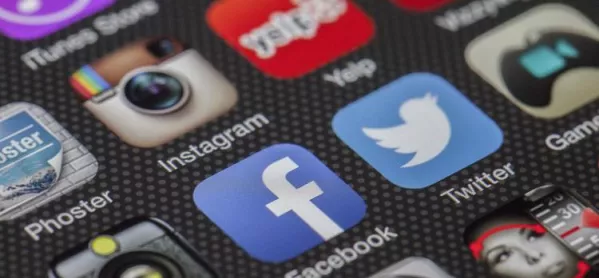More than twice as many children are broadcasting video of themselves online as was previously thought, the NSPCC has found, warning that the growth of livestreaming services has created a “dangerous cocktail of risks for children”.
A quarter of the 40,000 seven- to 16-year-olds surveyed by the children’s charity said they had livestreamed on the internet, a phenomenon that has become increasingly popular on social networks like Facebook, Instagram and Twitter.
That figure rises to 29 per cent of secondary school students - almost three times higher than the one in ten 12- to 15-year-olds estimated by Ofcom last year.
One in eight of those surveyed said they had video-chatted with someone they didn’t know in real life. Of those children, 10 per cent were asked to get undressed and one in 20 were asked to remove their clothes.
Among primary school students, nearly a fifth said they had livestreamed, of which 8 per cent said the person on the other end was semi-naked at the time.
“The popularity of livestreaming has led to a dangerous cocktail of risks for children,” said NSPCC chief executive Peter Wanless.
“The lure of a big audience, or thinking that they are chatting to someone they can trust, piles on that pressure. What’s really disturbing is that groomers can then screenshot or record livestreamed abuse, and use it to blackmail the child or share it with others.”
Carl*, a father from Yorkshire, described how abusers used the video-chatting app Skype to target his son Ben*.
When Ben was 14, a man in his twenties pretended to be a teenage girl and groomed him on Facebook. Over two years, that man and five more abusers exploited Ben by using blackmail and threats to coerce him into sending explicit pictures and videos.
Carl said: “Ben tried to get out of the situation so many times but he couldn’t get out. He was trapped and was too frightened to tell anyone. It’s been devastating.
“The government must do whatever it can to protect children from being targeted by abusers online. I don’t want any other families to have to go through what we’ve gone through.”
Last month, home secretary Sajid Javid issued a call to action for technology companies such as Facebook, Twitter and Google to help combat online child sexual abuse.
The push follows mounting research highlighting how widespread the use of social media is among pupils, and its potentially damaging effects.
The head of the National Crime Agency has said publicly that tech giants could stop child porn online if they wanted to.
But speaking before MPs yesterday, representatives from Google, Twitter and Facebook defended their track record and said they were doing everything they could to stop the spread of indecent images of children online.
“Technology is not going to be a silver bullet, we need a multi-pronged approach,” Google UK’s head of child safety, Claire Lilley, told the Commons Science and Technology Select Committee.




